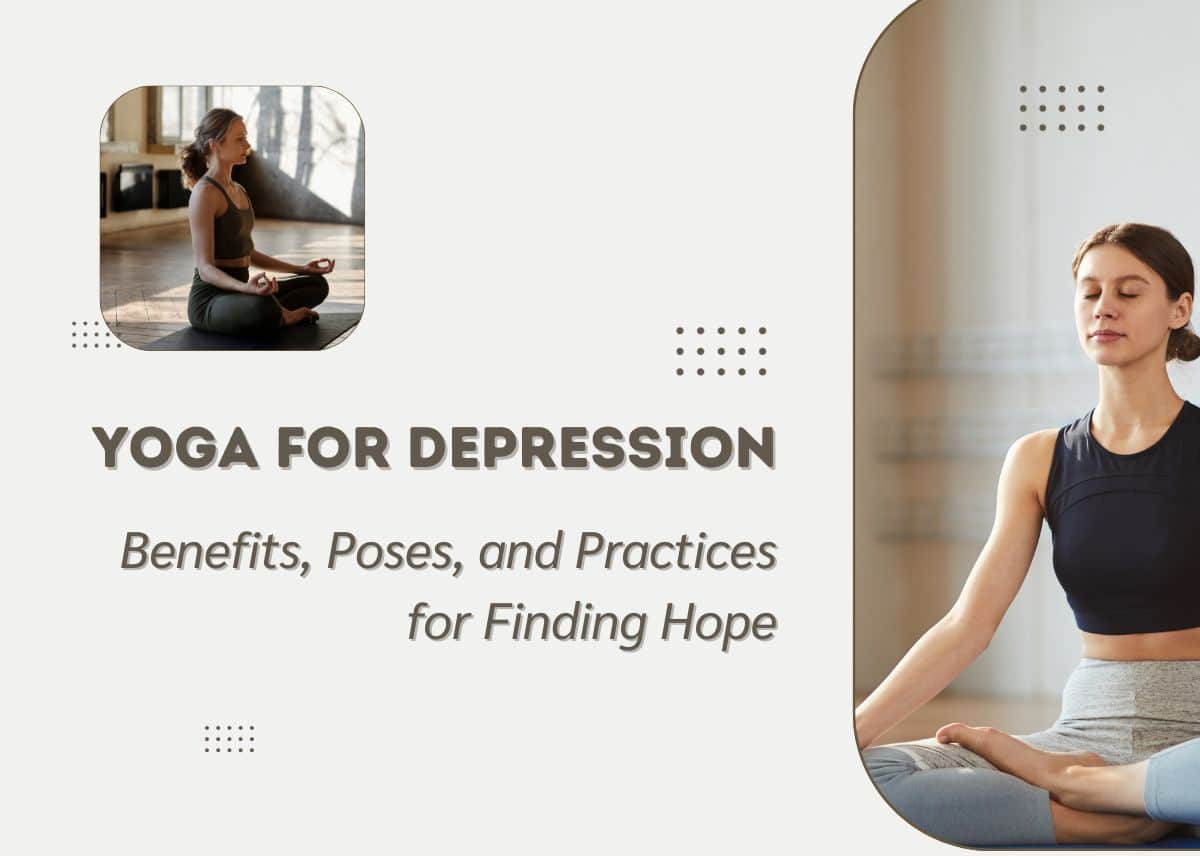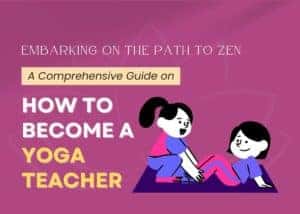Depression casts a long shadow, engulfing millions in its grasp. While medication and therapy remain crucial avenues, alternative tools are gaining traction.
Among them, yoga shines as a beacon of hope, offering a gentle yet potent path towards managing and potentially easing the grip of depression.
Let’s explore the science behind yoga’s power, delve into specific asanas (postures) that can unlock its magic, and equip you with tools to weave your own tapestry of well-being through mindful movement.
Table of Contents
Yoga: More Than Just Bending and Balancing
For centuries, yoga has been revered for its physical benefits, increasing flexibility, strength, and balance. But its impact transcends the physical, reaching deep into the mind and emotions. Research paints a compelling picture:
- Reduced Stress Hormones: Studies show that yoga practice lowers cortisol, the stress hormone linked to anxiety and depression. This hormonal shift promotes a sense of calm and fosters emotional resilience.
- Enhanced Brain Function: Yoga increases activity in the prefrontal cortex, the brain region responsible for mood regulation and executive function. This can lead to improved focus, better decision-making, and a more positive outlook.
- Boosting Neurotransmitters: Yoga stimulates the production of mood-regulating neurotransmitters like GABA and serotonin. These chemicals play a crucial role in combatting depression symptoms, fostering feelings of happiness and well-being.
Unrolling the Mat: Yoga Asanas for Uplifting Your Mood
While any yoga practice can be beneficial, some asanas pack a special punch against depression. Here are a few key postures to consider:
1. Downward-Facing Dog (Adho Mukha Svanasana)
This foundational pose invigorates the entire body, boosting energy and improving circulation. The head-down position calms the nervous system, promoting a sense of groundedness and stability.
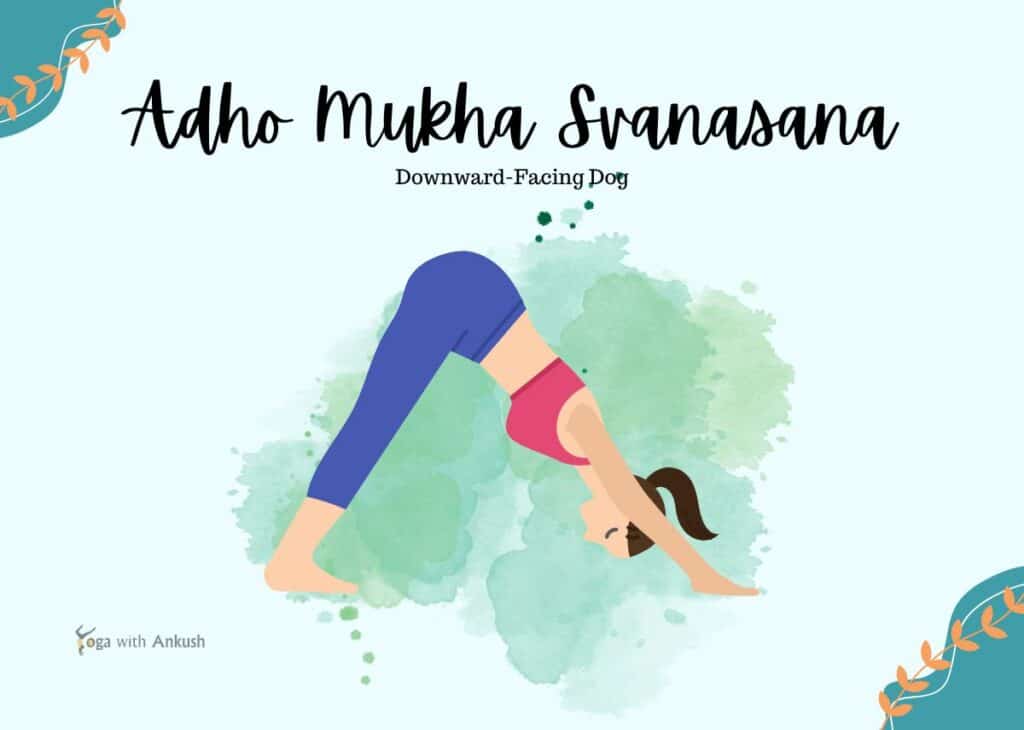
2. Child’s Pose (Balasana)
This nurturing posture offers refuge and a sense of safety. It allows for inward reflection, facilitating emotional release and promoting deep relaxation.
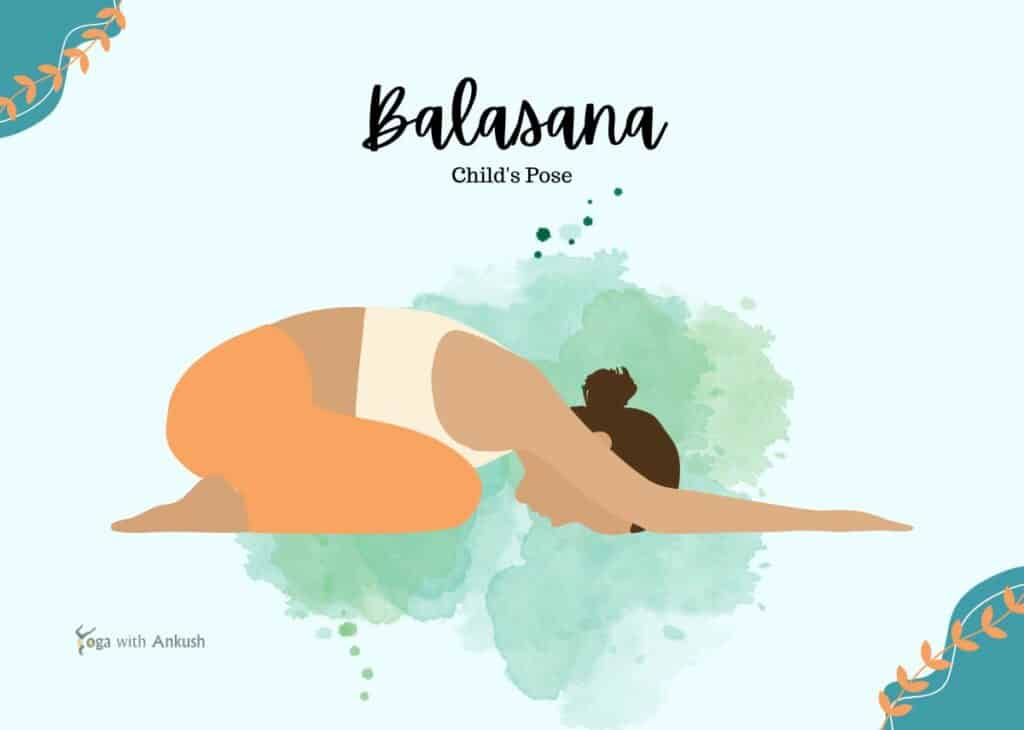
3. Warrior II (Virabhadrasana II)
This powerful pose embodies strength and confidence. It activates the core and legs, improving posture and promoting feelings of empowerment, crucial for combating depressive self-doubt.
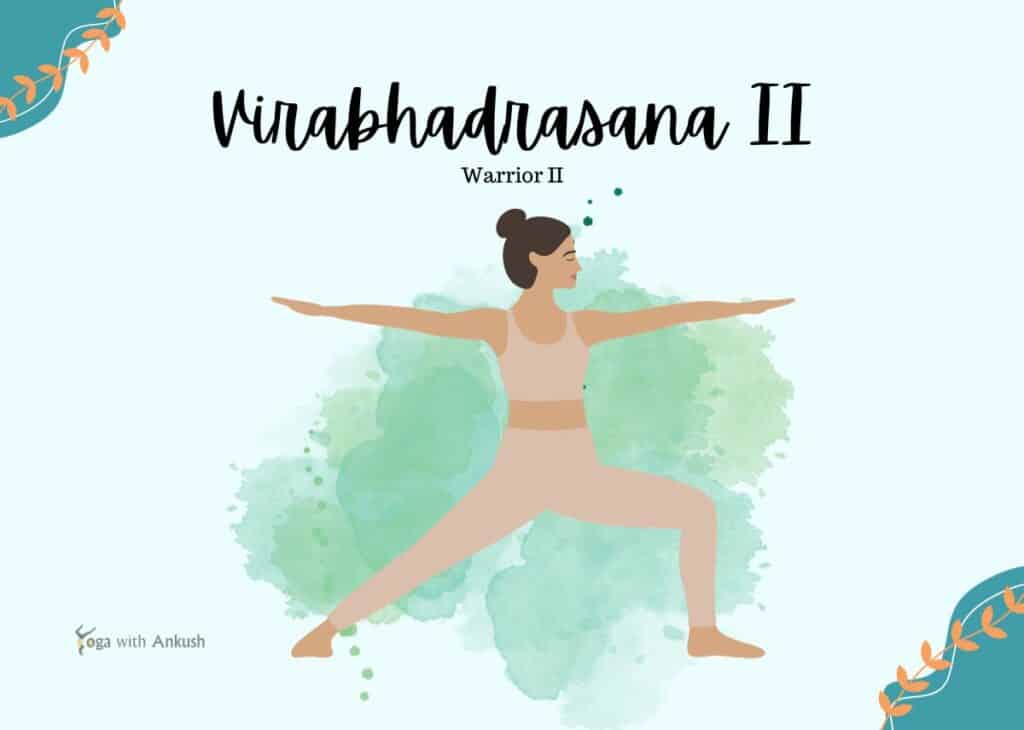
4. Cat-Cow Pose (Marjaryasana – Bitilasana)
This gentle flow sequence brings movement and fluidity to the spine, easing tension and fostering a sense of ease. It synchronizes breath with movement, promoting mindfulness and grounding the mind in the present moment.
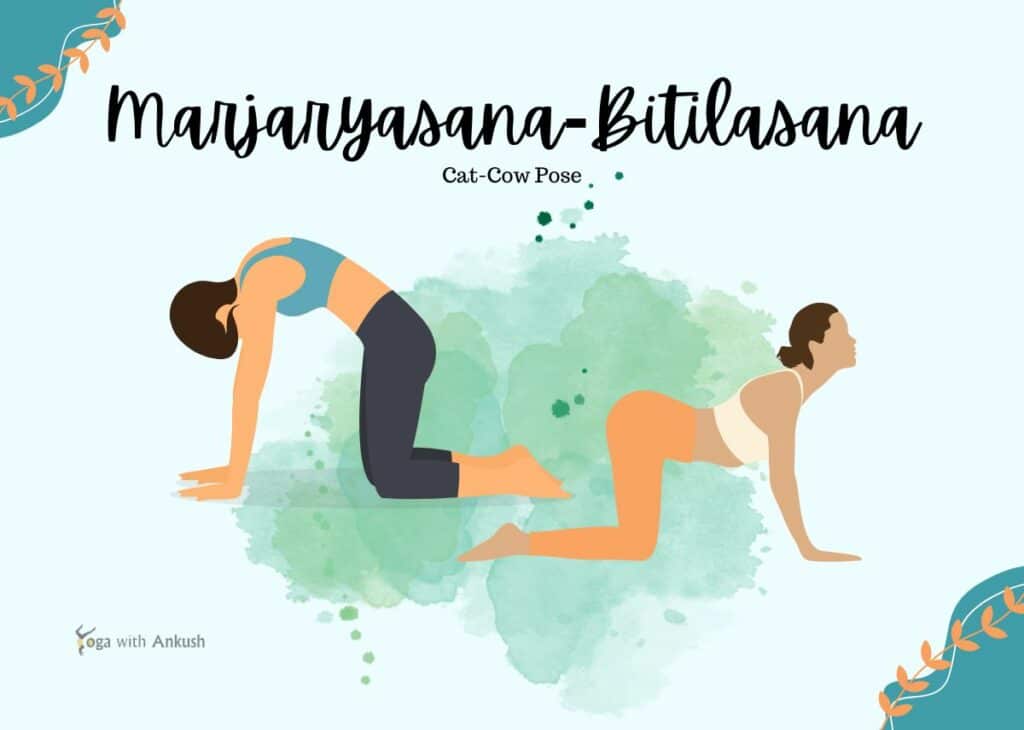
5. Corpse Pose (Savasana)
This final resting pose allows for complete surrender and integration. It facilitates deep relaxation, releasing accumulated stress and tension, and leaving you feeling renewed and refreshed.
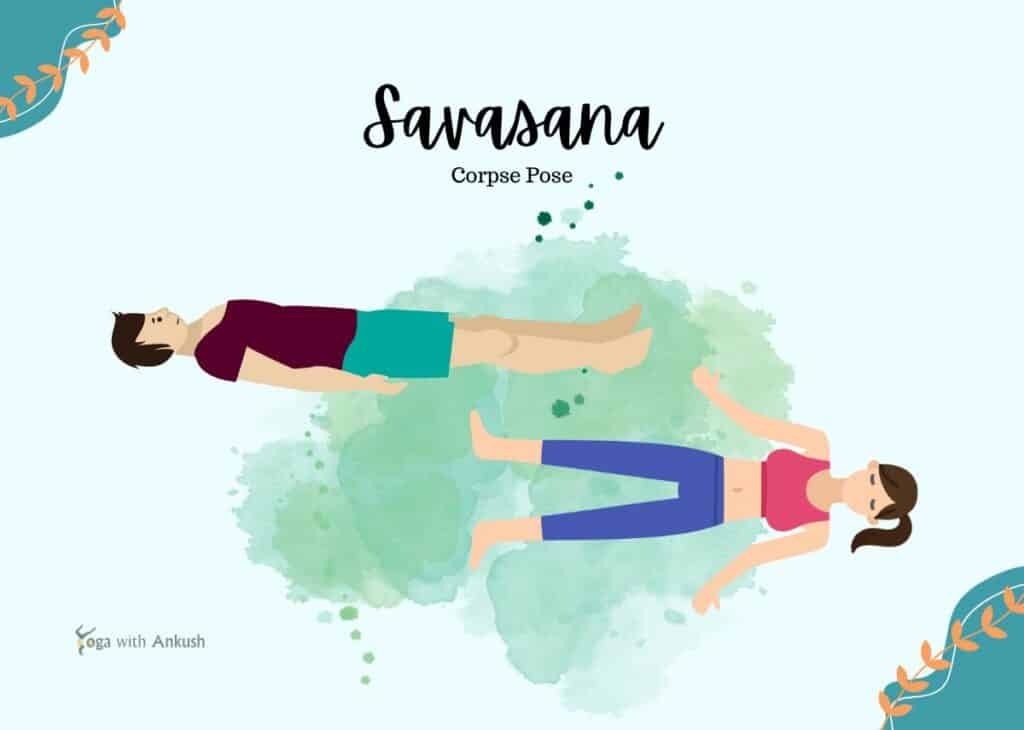
These are just a few examples, and the beauty of yoga lies in its personalization. Explore different styles, poses, and modifications to find what resonates with you. Remember, consistency is key – even 15-20 minutes of daily practice can create a ripple effect of positive change.
Beyond the Asana: Weaving a Holistic Tapestry of Well-being
While yoga postures are powerful tools, remember that depression is a complex tapestry woven from multiple threads. Integrating these practices into a holistic approach can amplify their impact:
- Mindfulness Meditation: Cultivate present-moment awareness through mindfulness meditation practices like focusing on your breath or bodily sensations. This anchors you in the present, reducing rumination on negative thoughts and anxieties.
- Pranayama (Breathwork): Consciously regulate your breath using pranayama techniques. Calming breaths like Ujjayi can quiet the mind, while energizing breaths like Kapalabhati can uplift your mood and boost your energy.
- Gratitude Practice: Shift your focus towards the positive aspects of your life by practicing daily gratitude. Keeping a gratitude journal or simply taking a moment each day to acknowledge what you’re grateful for can significantly impact your mood and outlook.
- Connecting with Nature: Immerse yourself in the natural world. Spending time in nature has been shown to reduce stress and improve mood, offering a potent antidote to the isolation and negativity associated with depression.
Remember, healing is a journey, not a destination. Yoga offers a compassionate companion on this path, guiding you towards inner peace and empowerment. Embrace the practice, explore its depths, and allow it to weave its magic into your life, one mindful breath, one gentle stretch at a time.
May your inner light shine brighter with each sun salutation, and may your journey towards well-being be paved with the comforting embrace of your yoga mat.
Also Read:
